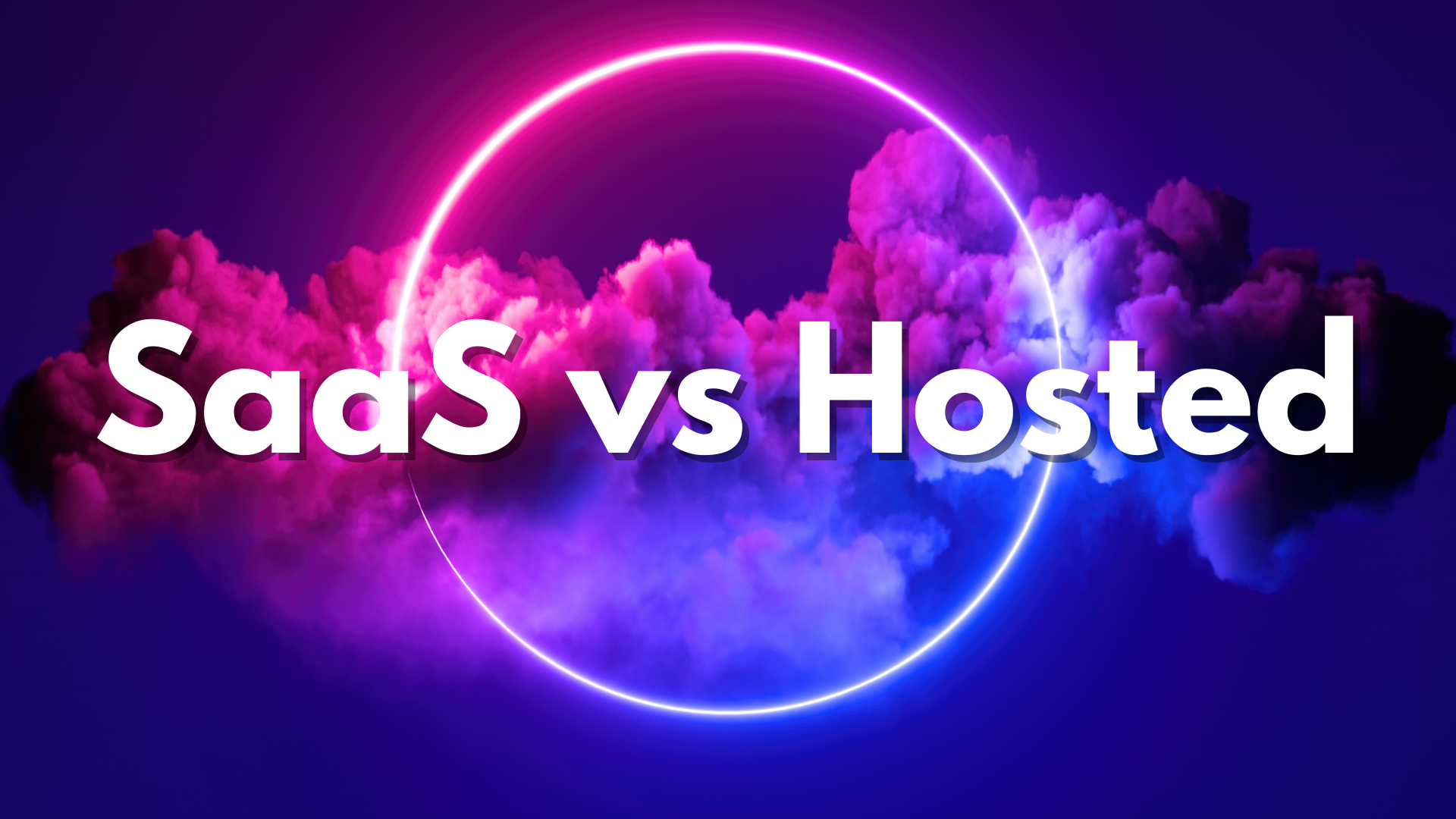SaaS LMS: What is SaaS?
Software as a Service, or SaaS and applications like SaaS LMS runs a service over the cloud rather than storing your data for you. We can access the majority of our daily need thanks to the cloud. For instance, iCloud and iTunes have made it possible for us to stop needing to physically print off images or deal with skips on our CDs and DVDs. As long as you have internet connectivity, you can store and access various types of data via the cloud.
Hard drives, floppy discs, and burned CDs have all quickly faded into obscurity. SaaS has allowed for a new vision of the hosted LMS.
SaaS assists in reducing issues that might arise with floppy disc or hard drive storage. The high-quality and user-friendly learning experiences that are offered by e-learning solutions and cloud-hosted LMS solutions, in general, are made possible by this shared software.
There existed the “hosted LMS” before SaaS became so important, especially in LMS software. The hosted LMS is already a little bit dated.
Describe a hosted LMS
An alternative to SaaS learning management systems is the hosted LMS. This implies that access to your learning resources is frequently restricted. You frequently have to instal hardware or software onto your device in order to access training courses. Think of your students as being on a leash: in a hosted LMS, they can only access the training using computers that have the required software installed.
It is frequently remarked that this more “traditional” method of providing online training takes more maintenance than cloud-hosted LMS platforms. Because you have to put the necessary equipment into your servers. You must manually carry out all required maintenance and updates after the software has been installed.
If updates were carried out automatically, it would be like having to manually instal and update every programme on your iPhone. This includes upgrades for each unique integration and add-on in a hosted LMS.
Some people choose to use a hosted LMS because they believe the extra work will save money. Sadly, that’s not usually the case.
The hosted LMS requires a lot of time and labour to update and maintain, and all of that labour is paid for. Since a hosted LMS typically requires more maintenance than is obvious, it is common practise to assign an IT staff to this task in order to ensure that it continues to function as intended. In addition to the price of getting LMS plugin integrations, you also have to pay for hosting plans for various plugins, scripts, and video content. a less expensive path? Not really. These expenses definitely pile up.
What makes the SaaS LMS more well-liked?
We at Bytecasting firmly believe that learning never ends. People, therefore, require learning technology that is simple to use, simple to automate, and accessible whether you’re focused on extended enterprise (partner, customer, or member training), employee training, onboarding, or corporate training.
Online learning should allow for real-time training programmes, but this is simply not possible without more advanced technologies.
Here are some of the primary advantages of a SaaS cloud-based LMS
The requirement for swiftness (in deployment):
The days of an LMS taking forever to launch and deploy are long gone. The delivery of online courses and corporate learning to audiences is expedited by a cloud LMS. With a SaaS LMS, you may launch learning right away without requiring a highly skilled IT workforce to manage the project. When working with a SaaS LMS, nothing needs to be installed or built from start because the complete infrastructure has already been created. The configuration is unique to your instance. Your audience can be up and running quickly with a shorter time to deployment, which helps businesses save time and make money.
That’s a piece of cake, usability:
Learners and administrators have much more control over their experience using e-learning platforms because you don’t require your entire IT staff to maintain and use one. The user experience and training materials may be top-notch without the effort of maintenance thanks to various authoring tools and integrations.
Any new upgrade is also implemented across all instances with a SaaS LMS. The newest features in the LMS don’t need to be activated anymore because, in the case of a SaaS LMS, the upgrading procedure is automatic. As opposed to hosted solutions, this spares you the headache of having to upgrade with new modules.
TCO (Total Cost of Ownership) is lower:
There is good news for you if you are struggling to establish a business case because you can’t demonstrate ROI. This training platform is more affordable because your SaaS LMS reduces all of the maintenance expenditures. In most cases, LMS vendors take care of all that mess for you, ensuring that you will easily receive your boss’s approval when you present him or her with the total cost of ownership (TCO) of an LMS.
As you progress, you can grow:
Rarely do we like to invest in a home, automobile, or even a pair of shoes that we know will quickly become outdated. No matter which LMS service you choose, you should try to make sure you can scale and grow. As your training needs change. Why? Because your training requirements will increase as your business does. Growing your learning paths helps you increase income in addition to talent development.
A SaaS LMS provides tremendous scalability because the infrastructure is already in place. Your learner’s experience does not degrade or stall out as your audience grows as a result of more users.
An industry leader in SaaS LMS (we have some knowledge about it) guarantees that the infrastructure is updated to reflect changing market demands and that the platform is kept current. Additionally, the LMS’s architecture is such that it won’t experience technological difficulties if user numbers suddenly increase.
More bandwidth and adaptability:
Opportunities for learning can lead to many opportunities for you, but they must be able to grow. Every firm needs to keep its employees informed of the most recent information and knowledge in today’s competitive market, and a cloud LMS is the only tool that can do that. In the same vein, modern audiences will embrace mobile learning readily because they are accustomed to it.
It is essential to have mobile access to e-learning.
In contrast to hosted LMS, modern SaaS-based learning systems can be accessible by smartphone, PC, tablet, and any other device you can think of. Your audience is in the clear as long as there is an internet connection.
This makes it possible to target audiences who are constantly moving or just wish to work out after work.
Let’s take extended entrepreneurship as yet another illustration. Opening these doors doesn’t just happen. You require the ability to conduct partner, member, or consumer training as well as e-commerce capabilities and training materials.
Even if your business is only concerned with providing corporate or employee training, your ability to host webinars, integrate blended learning, and support gamification will all increase participation and income. There is simply no way to doubt it.
There is less that open source or hosted learning programmes can accomplish for you in the long term because they simply cannot scale as well as a SaaS-based strategy.
Integrating third-party software seamlessly:
Organizations typically need their CRM or HRIS data connected with their LMS for simple reporting.
With widely available APIs that enable the LMS and various systems to play nicely together and communicate smoothly. The SaaS-based LMS makes this easier than ever. These integrations typically don’t cost as much when working with a cloud-based vendor as they would on a hosted system.
Learn more about SaaS LMS. and Stratbeans Learning Solutions.


